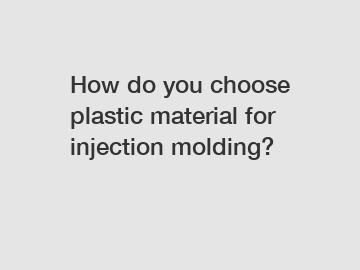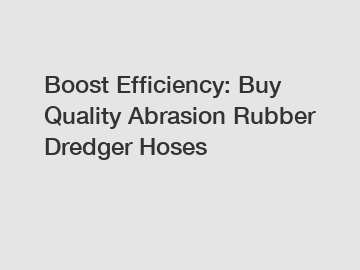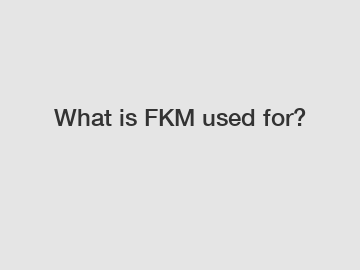What are O-ring seals used for?
In this section, we’ll look a little more closely at what o-rings do, and some of the applications that they’re very often used for.
O-rings for high-temperature sealing
High-temperature sealing o-rings are, as the name implies, designed to withstand extreme heat while continuing to provide a reliable seal between two surfaces or components.
This makes them ideal for demanding industries and environments such as oil and gas refineries, chemical processing, or any other scenario where a high-temperature seal is required, such as performance transport applications like turbo engines and aerospace engineering.
Best O-ring seal materials for high temperatures
There are a number of popular high-temperature o-ring material choices, including nitrile, hydrogenated nitrile, silicone rubber, polyacrylate and more. Securing the best choice in any given scenario will generally be a balancing act between the specific operating temperature needed, and the most economical material option at that performance point.
For more detail on all types of O-ring materials and designated temperature ranges, feel free to contact our expert support team any time - they’ll be glad to offer further advice and assistance on specific high-temperature seals, materials and applications.
O-ring seal temperature ranges
Again, all industrial o-ring purchases should be carefully planned with direct reference to the specific role and environment the seal is required to perform in. However, as a rough guide to o-ring temperature rating and use limits, some of the more popular materials on sale generally operate within the following sorts of temperature ranges:
O-rings for high-pressure sealing
High-pressure resistance is a common requirement of industrial o-rings, along with reliable performance in high temperature and dynamic environments. For a high-pressure seal to work to optimal levels, o-ring design and manufacture again depends on choosing specific materials for better performance under specific conditions.
O-rings function on the principle that even pressure placed on the (more or less incompressible) o-ring material creates predictable deformation patterns around the perimeter of the gasket in its groove. This means there’s a fairly uniform mechanical stress placed on all contacting surfaces of an o-ring.
Provided the internal pressure from fluids being contained stays below a given O-ring's contact stress rating, it’s largely impossible for leaks to occur, even under high pressure. However, mechanical failure under high pressure can easily cause extrusion or destruction of the o-ring, which is why it’s important to choose the right material for the precise environment you’re looking to use it in.
O-ring seals for engines
An engine o-ring, especially one used in high performance or turbo engines, is a good example of a product that has to be rugged enough in design and material construction to handle various challenging requirements of temperature, pressure and chemical compatibility.
Many basic rubbers and polymers aren’t suitable for use with oils, fuels or solvent-based compounds. For use in an engine, an oil o-ring has to be created specifically from compatible hybrid materials that allow it to maintain crucial o-ring properties (flexibility, incompressibility) while offering more robust resistance to heat, pressure, o-ring leaking and chemical attack than a standard elastomer typically could.
For more advice and information on suitable products to use as engine o-rings, feel free to contact our customer service team through the support pages on our site.
O-ring seals for plumbers
Plumbing o-ring choices are widespread, given the range of materials, sizes and gauges available for use in ducting and pipework applications, as well as to form tight waterproof seals around taps and other fittings. Choosing the best product for the job depends on finding the correct size and shape for the specific role you have in mind.
Food Grade O-ring seals
Food-grade o-rings have been manufactured to more exacting standards of material composition, such that they’ve been officially declared ‘food safe’ for use in the production and preparation of meals, beverages and dining products.
Best food grade O-ring seal materials
An approved food-grade o-ring must only consist of the material(s) declared and approved as food safety compliant in the country of manufacture/sale. In the UK, this applies to natural and synthetic rubbers, elastomers and polymers.
To achieve food grade approval, an o-ring manufacturer must also take into account extractable ingredients/compounds if the seal is to be used in direct contact with aqueous, acidic or fatty foods and drinks. Some common food-safe o-ring materials include EPDM, fluorocarbon, nitrile, neoprene and silicone.
O-ring seals for CO2
Carbon dioxide often presents an issue for many types of o-rings, as softer materials have a tendency to absorb the gas over time and swell up. This can lead to an unreliable seal in the short term, and over time the CO2 will actually cause the o-ring to start to break down from within.
Some popular choices for use in applications where the o-ring will have extended CO2 contact include polyurethane, PTFE, nitrile, and fluoroelastomers. However, the best choice will always depend on the consideration of other environmental or application factors.
O-ring seals for aircrafts
Aircraft o-rings and aerospace o-rings generally need to be highly chemically resistant, and able to operate within a wide range of temperatures and pressures in order to keep an aerospace craft’s powertrain running cleanly, efficiently and smoothly. Typical applications include fuel cap gaskets, fuel system o-rings, and valve cover seals.
Common elastomers for use in aerospace-type applications include nitriles, ethylene-propylene, fluorosilicones and more. Because there are so many different sizes and gauges of o-ring distributed throughout most aircraft engines and systems, most sales for aerospace and aeronautics are through bulk orders of multi-size o-ring kits.
The Ultimate Guide to PTFE Film Rolls
Which is better UHMW or HDPE?
What are the disadvantages of HNBR?
What is the price of HDPE pipe grade?
Revolutionizing Manufacturing: The Power of Engineering Plastics
HDPE Pipe vs PVC Pipe: Which is the Future of Plumbing?
What is the coefficient of roughness for HDPE pipe?
245
0
0
Related Articles
-
59
0
0
-
62
0
0
-
Enhance Your Style: Vibrant O-Ring Color Dots
Google Hot Topics: Enhance Your Style: Vibrant O-Ring Color Dots?
57
0
0
-
55
0
0
-
86
0
0
-
73
0
0
-
68
0
0
-
79
0
0









Comments
All Comments (0)